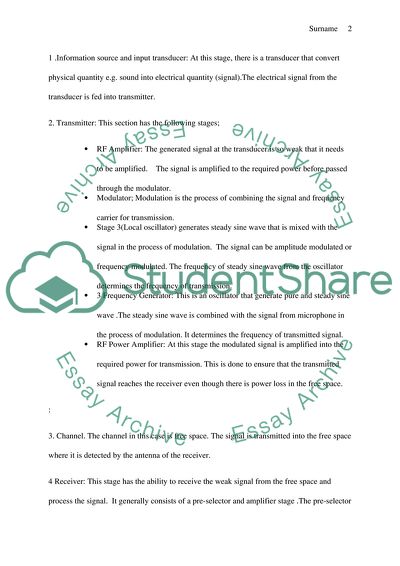Cite this document
(Signals and Noise Report Example | Topics and Well Written Essays - 1750 words, n.d.)
Signals and Noise Report Example | Topics and Well Written Essays - 1750 words. https://studentshare.org/physics/1818463-signals-and-noise
Signals and Noise Report Example | Topics and Well Written Essays - 1750 words. https://studentshare.org/physics/1818463-signals-and-noise
(Signals and Noise Report Example | Topics and Well Written Essays - 1750 Words)
Signals and Noise Report Example | Topics and Well Written Essays - 1750 Words. https://studentshare.org/physics/1818463-signals-and-noise.
Signals and Noise Report Example | Topics and Well Written Essays - 1750 Words. https://studentshare.org/physics/1818463-signals-and-noise.
“Signals and Noise Report Example | Topics and Well Written Essays - 1750 Words”. https://studentshare.org/physics/1818463-signals-and-noise.


